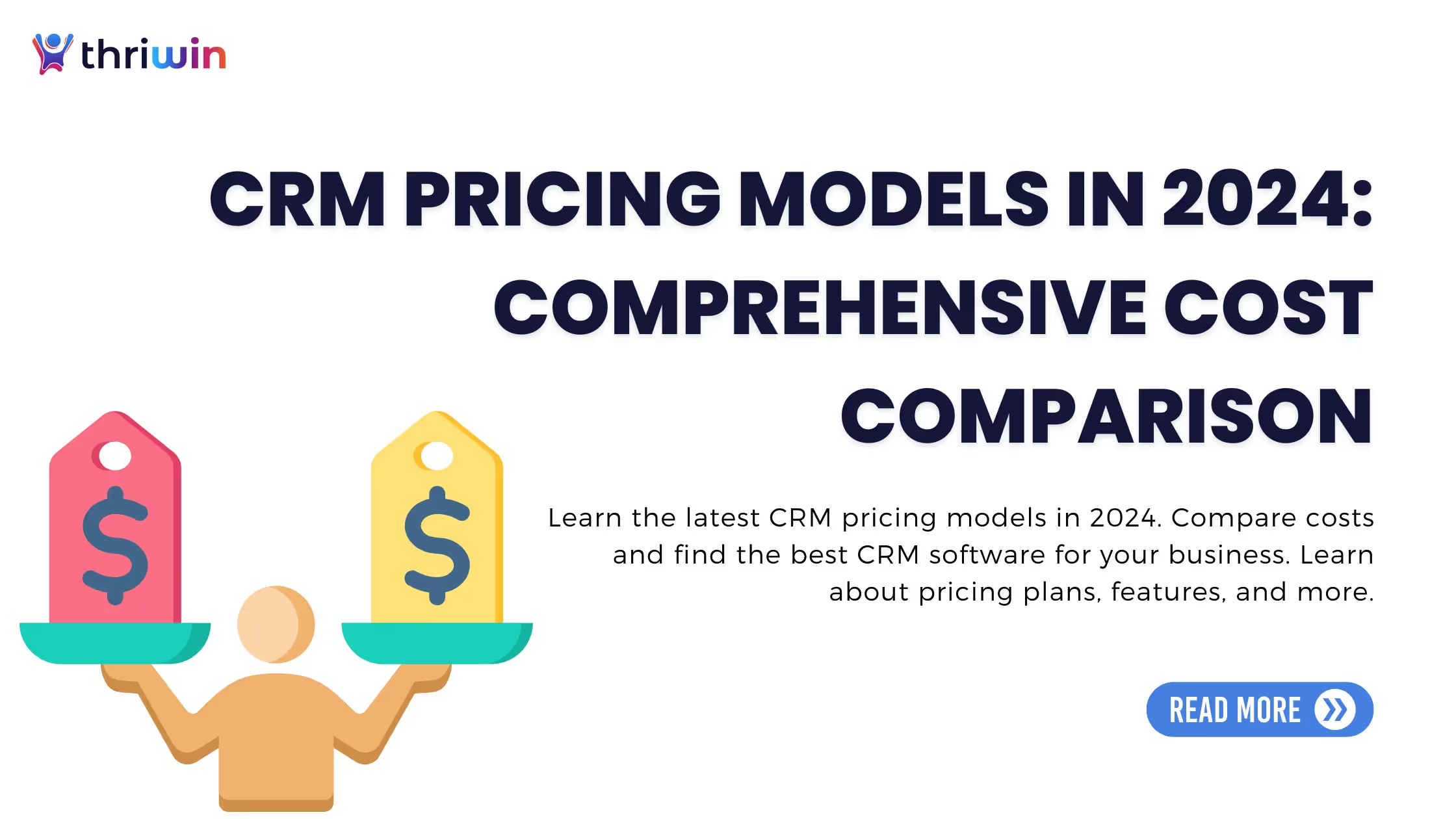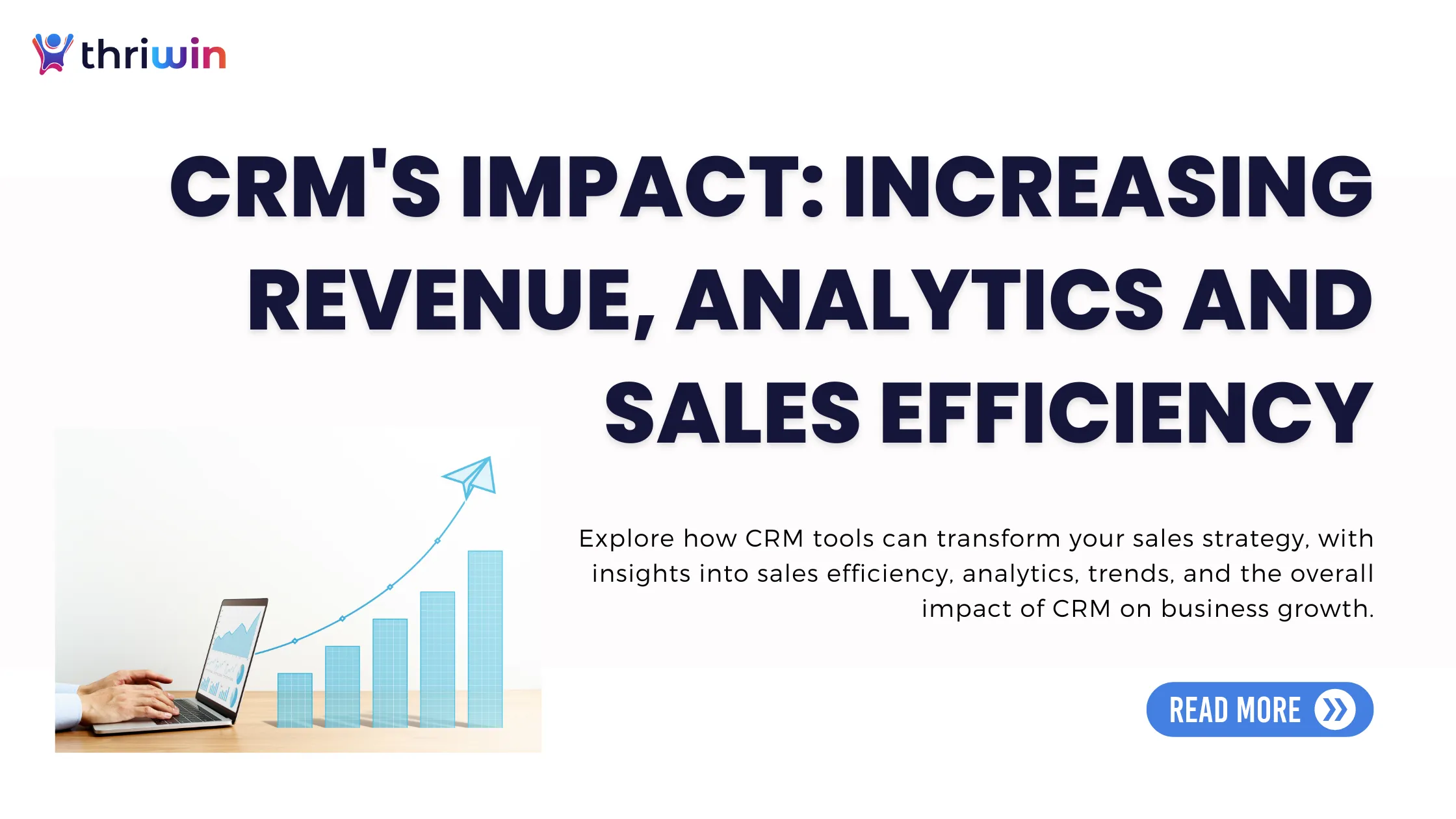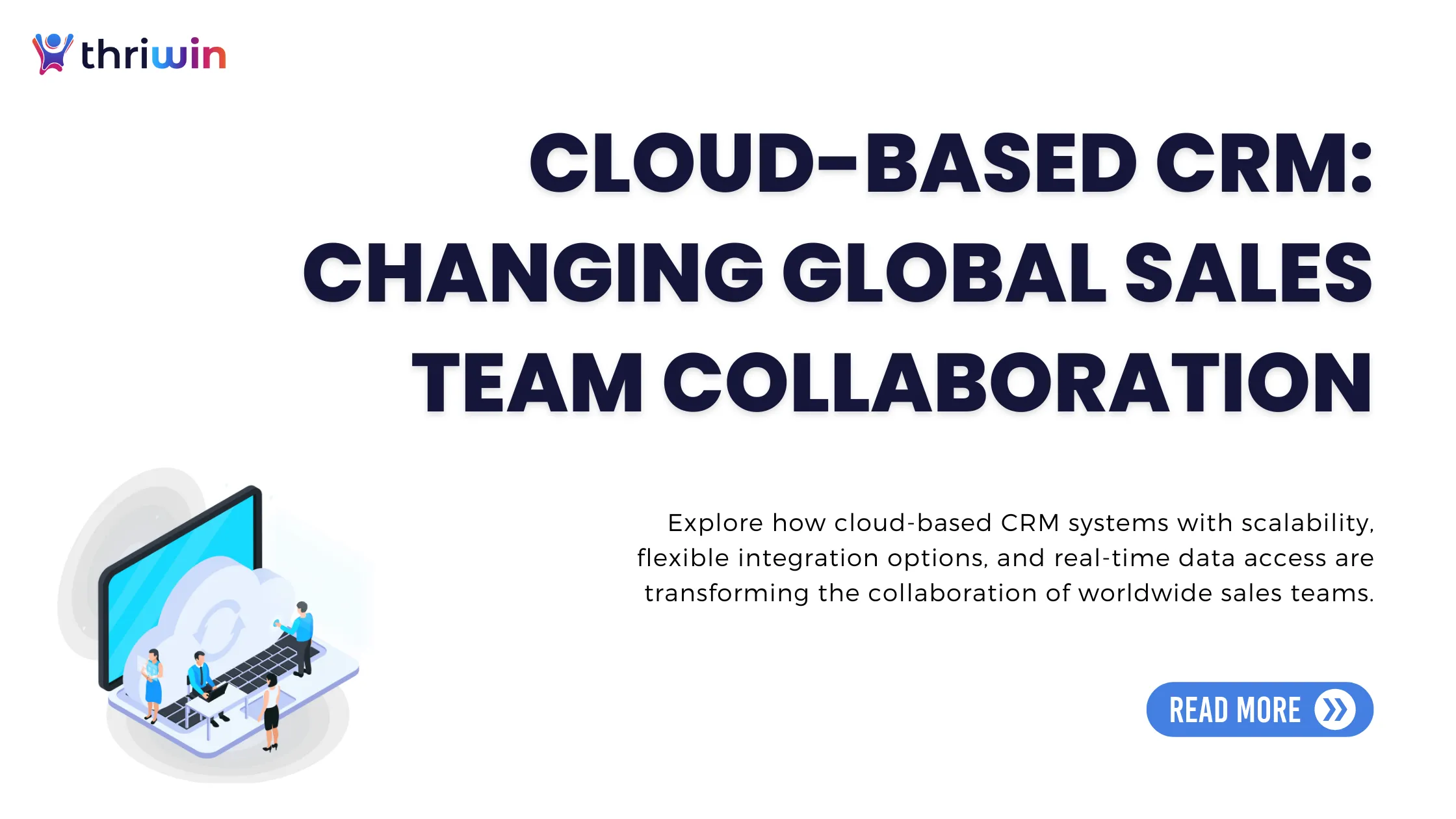Implementing a Customer Relationship Management (CRM) system marks a transformative step for any business. A well-planned and executed CRM implementation can streamline sales and marketing operations, improve customer relationships, and drive business success. This article will guide you through the CRM implementation timeline, ensuring you understand each phase and what to expect.
Understanding CRM Implementation
A CRM solution enables businesses to manage customer information, track interactions, and automate sales tasks. Its main goal is to enhance business relationships, prioritize customer retention, and boost sales growth. By centralizing all customer information, a CRM provides valuable insights that can inform strategic decisions.
Implementing a CRM can seem daunting, but the benefits far outweigh the challenges. A well-implemented CRM can lead to increased efficiency, better data management, enhanced communication, and more informed decision-making. It streamlines processes, reduces manual tasks, and provides a centralized platform for all customer-related information.
The success of CRM implementation largely depends on thorough planning and understanding of each phase of the process. With a defined strategy and a well-structured timeframe, organizations can manage the complexity of CRM deployment and enjoy the advantage of a more streamlined and efficient system.
Benefits of a Well-Implemented CRM System
Implementing a CRM system can transform how your business functions, delivering a range of benefits that boost efficiency and foster growth. A well-integrated CRM empowers companies to strengthen customer relationships, optimize workflows, and leverage real-time data for smarter decision-making. Key advantages of a properly implemented CRM include:
Enhanced Customer Relationships:
A well-implemented CRM system allows businesses to gain deeper insights into customer needs and behaviors. By tracking interactions and preferences, companies can provide personalized experiences that build stronger customer relationships. This boosts customer satisfaction and loyalty, promoting sustained business growth.
Increased Efficiency:
CRM systems streamline business operations by automating repetitive tasks and organizing workflows. This reduces the need for manual data entry and other time-consuming activities, allowing employees to focus on more strategic tasks. The result is a more efficient operation with higher productivity and fewer errors.
Better Data Management:
A CRM centralizes all customer data in one place, making it convenient for teams to access and analyze data. This comprehensive view of customer data helps in tracking interactions, sales history, and service requests. Efficient data management leads to more accurate reporting and better decision-making.
Enhanced Communication:
A CRM system facilitates better communication within the organization and with customers. Internal teams can easily share information and collaborate on customer issues, ensuring a unified approach. For customers, this means quicker response times and more consistent interactions, which enhances their overall experience.
Informed Decision-Making:
With a CRM, businesses can leverage data-driven insights to make strategic decisions. The system offers in-depth analytics and reports on customer behavior, sales performance, and market trends. These insights help businesses identify opportunities, forecast demand, and adjust strategies to meet customer needs effectively. By basing decisions on accurate data, companies can minimize risks and achieve better outcomes.
The Key Phases of the CRM Implementation Timeline
The CRM implementation process comprises of several key stages, each important for a successful rollout. These phases ensure that the implementation is structured, thorough, and aligned with the business’s goals. From preliminary planning to post-implementation support, understanding each phase helps in navigating the complexities of CRM adoption.
Phase 1: Planning and Preparation (2-4 weeks)
Start by defining the primary objectives for implementing a CRM system. Are you aiming to improve sales tracking, enhance customer service, or streamline marketing efforts? Clearly outlining these goals will guide the entire implementation process. Conduct thorough discussions with key stakeholders to ensure that all departments’ needs are considered. Establishing clear, measurable goals will help in selecting the right CRM features and ensuring that the implementation is aligned with your business objectives.
Phase 2: Selecting the Right CRM Software (2-3 weeks)
Choose a CRM software that aligns with your business needs. Consider factors such as ease of use, scalability, integration capabilities, and cost. Research different options and perhaps request demos to make an informed decision. Evaluate multiple CRM solutions, considering user reviews and seeking recommendations from industry peers. HubSpot is great for inbound marketing, Salesforce for enterprises, Outreach for sales drips, and Thriwin for aggressive growth across multiple sales channels.
Thriwin offers a comprehensive suite for lead management, including email drips, landing pages, and cold calling, though it doesn't currently support social media channels. Unlike some free CRMs that may lead to unexpected upgrade costs, Thriwin provides a fully-featured, pay-per-use plan. Their pricing is $1 per user, per channel, only on the days you use, with a monthly cap of $60 per user. This structure can result in savings of at least 40% compared to many competitors.
Thriwin offers end-to-end lead management with email drips, landing pages, and cold calling but doesn’t handle social media. Beware of free CRMs that quickly require costly upgrades—Thriwin.io offers a fully-featured, pay-per-use plan at $89 per user, making it 40% cheaper than most competitors.
Time is crucial for fast-growing companies. Unlike larger platforms that lack onboarding support, Thiwin provides dedicated guidance to ensure your team is set up for success from day one.
Phase 3: Gathering Feature Requirements (2-4 weeks)
Gathering feature requirements is a crucial phase since it varies significantly from company to company. During this stage, work closely with key stakeholders from various departments to identify the specific functionalities and features that the CRM must include to meet business needs. This collaborative approach ensures that the CRM solution will be well-aligned with the company’s unique processes and goals.
Start by conducting detailed meetings and workshops with representatives from sales, marketing, customer service, and the IT departments. Discuss their current challenges, desired improvements, and essential features they need in the CRM. This might include functionalities like lead management, sales pipeline tracking, marketing automation, customer support ticketing, and reporting and analytics.
Phase 4: Data Migration and Setup (3-6 weeks)
Cleaning and Preparing Data
Before migrating data, ensure it is clean, accurate, and up-to-date. This involves removing duplicates, correcting errors, and standardizing formats to ensure a smooth transfer to the new CRM. Implement data cleansing practices and use tools to automate parts of this process. Clean data ensures that your new CRM system is efficient and reliable from the start.
Importing Data to the New CRM
Utilize the CRM’s data import tools to transfer information from existing systems. This can include customer contact details, sales history, and communication records. Test the import process with a subset of data before the full migration to identify any potential issues. Proper data import ensures that you maintain business continuity and data integrity.
Configuring CRM Settings
Set up the CRM according to your business requirements. This includes defining user roles, permissions, and configuring settings such as currency and time zones. Tailor the CRM settings to match your organizational structure and workflows. Proper configuration will make the system intuitive and efficient for all users.
Phase 5: Customization of CRM to Fit Business Needs
(4-8 weeks)
Tailor the CRM interface, fields, and workflows to align with your business processes. This customization ensures the CRM is user-friendly and meets your specific operational needs. Work closely with department heads to understand their requirements and incorporate necessary customizations. A customized CRM enhances user adoption and operational efficiency. Thriwin offers free customisation to tailor the CRM to your exact requirements, enhancing operational efficiency and user adoption. Their comprehensive support ensure that businesses can adapt the CRM to meet their specific needs seamlessly.
Integrating with Existing Systems
Integrate CRM with other business systems such as email platforms, accounting software, and e-commerce platforms. This ensures seamless data flow and improves overall efficiency. Utilize APIs and integration tools to ensure precise, real-time data synchronization. Smooth integration removes data silos and optimizes business processes.Proper integration eliminates data silos and streamlines business processes.
Setting Up Automation Workflows
Automation saves time and maintains consistency in customer interactions. Identify essential processes that can benefit from automation and establish workflows accordingly. Identify essential processes that would benefit from automation and implement appropriate workflows. Automated workflows enhance productivity and allow your team to focus on strategic tasks.
Phase 6: Training and Testing (3-5 weeks)
Create a comprehensive training program covering all aspects of the CRM. This should include user manuals, video tutorials, and hands-on sessions to ensure users are comfortable with the system. Tailor training content to different user roles to address their specific needs. Effective training is crucial for user adoption and maximizing the CRM’s benefits.
Conduct training sessions for all users, focusing on key functionalities and best practices. Ensuring that everyone knows how to use the CRM effectively is crucial for its success. Use interactive training methods and provide ongoing support to reinforce learning. Well-trained users can leverage the CRM to its full potential.
Thriwin provides continuous training and support, ensuring businesses leverage the CRM effectively. Their onboarding process is designed to speed up the process for the sales team, enabling them to start generating revenue quickly.
Thoroughly test the CRM to identify any issues or bugs. This includes testing data integrity, system performance, and integration points to ensure everything functions correctly. Conduct user acceptance testing (UAT) to gather feedback and make necessary adjustments. Rigorous testing ensures a smooth go-live experience.
Phase 7: Go-Live and Support (2-4 weeks)
Final Checks and Go-Live Process
Conduct final checks to ensure everything is in place for the go-live. Verify data accuracy, check system configurations, and ensure that users are ready. Develop a detailed go-live plan and communicate it to all stakeholders. A well-executed go-live ensures a smooth transition to the new CRM system.
Providing Ongoing Support
Offer ongoing support to address any user issues or questions. This can include a help desk, regular check-ins, and additional training sessions as needed. Establish a support system to handle queries and provide timely assistance. Continuous support helps maintain user satisfaction and system efficiency.
Gathering Feedback and Making Improvements
Gather input from users to discover areas for improvement. Use this feedback to make necessary adjustments and enhance the CRM’s effectiveness. Conduct regular reviews and update the CRM as needed to meet evolving business needs. Continuous improvement ensures that the CRM remains a valuable asset for your organization.
Factors Affecting the CRM Implementation Timeline
Organization Size
Larger organizations typically have more complex data sets and a higher number of users, which can extend the time required for data migration and training. Larger teams also require greater coordination and Communication efforts are made throughout the deployment process.
Complexity of CRM
The complexity of the chosen CRM system also significantly influences the implementation timeline. Systems with extensive customization and integration needs will naturally take longer to implement. Advanced features and functionalities may demand further configuration, testing, and training.
Resource Availability
The availability of dedicated resources, including personnel and budget, can significantly impact the speed of the implementation process. Having a well-staffed implementation team with the necessary skills and expertise can expedite the process. Conversely, limited resources may slow down the implementation as tasks may take longer to complete or require additional outsourcing.
Existing Infrastructure
The current state of the business’s infrastructure can also affect the timeline. If the existing systems and processes are outdated or incompatible with the new CRM, additional time may be needed for upgrades and integration. A smooth implementation requires ensuring that the existing infrastructure can handle the new CRM system.
User Adoption and Training Needs
The level of user adoption and the training needs of the staff can also influence the implementation timeline. If the users are not familiar with CRM systems or the new system is significantly different from the previous one, more time will be needed for training and adaptation. To ensure successful installation, all users must be familiar with and adept with the new system.
Customization and Integration Requirements
Businesses with extensive customization and integration requirements may experience longer implementation timelines. Customizing the CRM to fit specific business needs and integrating it with various other systems can be time-consuming. Each customization and integration point needs to be carefully planned, executed, and tested to ensure seamless functionality.
By considering these factors, businesses can better prepare for the CRM implementation process and set realistic expectations for the timeline. Proper planning and resource allocation can help mitigate potential delays and ensure a successful CRM deployment.
Speed Up your CRM Implementation with Thriwin
Implementing a CRM system involves careful strategy and implementation. Thriwin makes this journey seamless and efficient.
Thriwin is ideal for rapidly growing companies, offering savings of up to 50% compared to other CRMs with their pay-per-use model. They provide free onboarding support to get businesses started quickly and free customization to meet specific business needs. Their streamlined process activates sales channels in just a few days, boosting revenue generation efforts.
Beyond just software, Thriwin offers continuous training and support, ensuring businesses leverage the CRM effectively. They guide companies through the entire process to help grow revenue quickly. Thriwin offers tailored CRM solutions designed to drive business success.
FAQs
Q1: How long does it typically take to implement a CRM system?
The timeline for CRM implementation can vary depending on several factors, such as the organization's size, the CRM system's complexity, and the availability of resources. Typically, the process can take anywhere from 2 to 4 months, broken down into phases like planning and preparation, data migration and setup, customization and integration, training and testing, and go-live and support.
Q2: What are the key benefits of implementing a CRM system?
A well-implemented CRM system offers numerous benefits, including improved customer relationships, increased efficiency, better data management, enhanced communication, and informed decision-making. Businesses can streamline operations and provide personalized customer experiences by centralizing customer information and automating processes.
Q3: What are the common challenges faced during CRM implementation?
Common challenges during CRM implementation include inadequate planning, poor data quality, insufficient training, a lack of user adoption, and integration issues with existing systems. To overcome these challenges, it's crucial to have a clear implementation plan, clean and accurate data, comprehensive training programs, and strong support from all stakeholders.
Q4: What are the five stages of CRM implementation?
The 5 phases of CRM implementation are:
- Planning and Preparation: Defining goals, selecting the CRM, and forming the team.
- Data Migration and Setup: Cleaning and importing data, configuring settings.
- Customization and Integration: Tailoring the CRM, integrating with other systems, and setting up automation.
- Training and Testing: Developing training programs, conducting sessions, and testing functionalities.
- Go-Live and Support: Performing final checks, providing ongoing support, and gathering feedback.
Q5: How long does the average CRM implementation take?
The average CRM implementation takes 3 to 6 months, including all phases,, from planning and preparation to implementation and support. However, the exact timeline can differ depending on the organization’s size, the complexity of the CRM, and resource availability.
Q6: How long does it take to integrate a CRM?
Integrating a CRM with existing systems typically takes 4 to 8 weeks. This involves ensuring seamless data flow and improving overall efficiency through proper integration. The time frame can vary based on the complexity of the systems and the level of customization required.
%201.svg)






